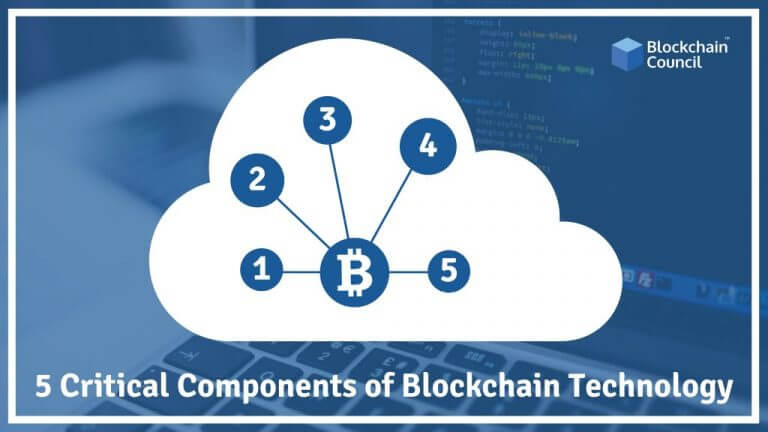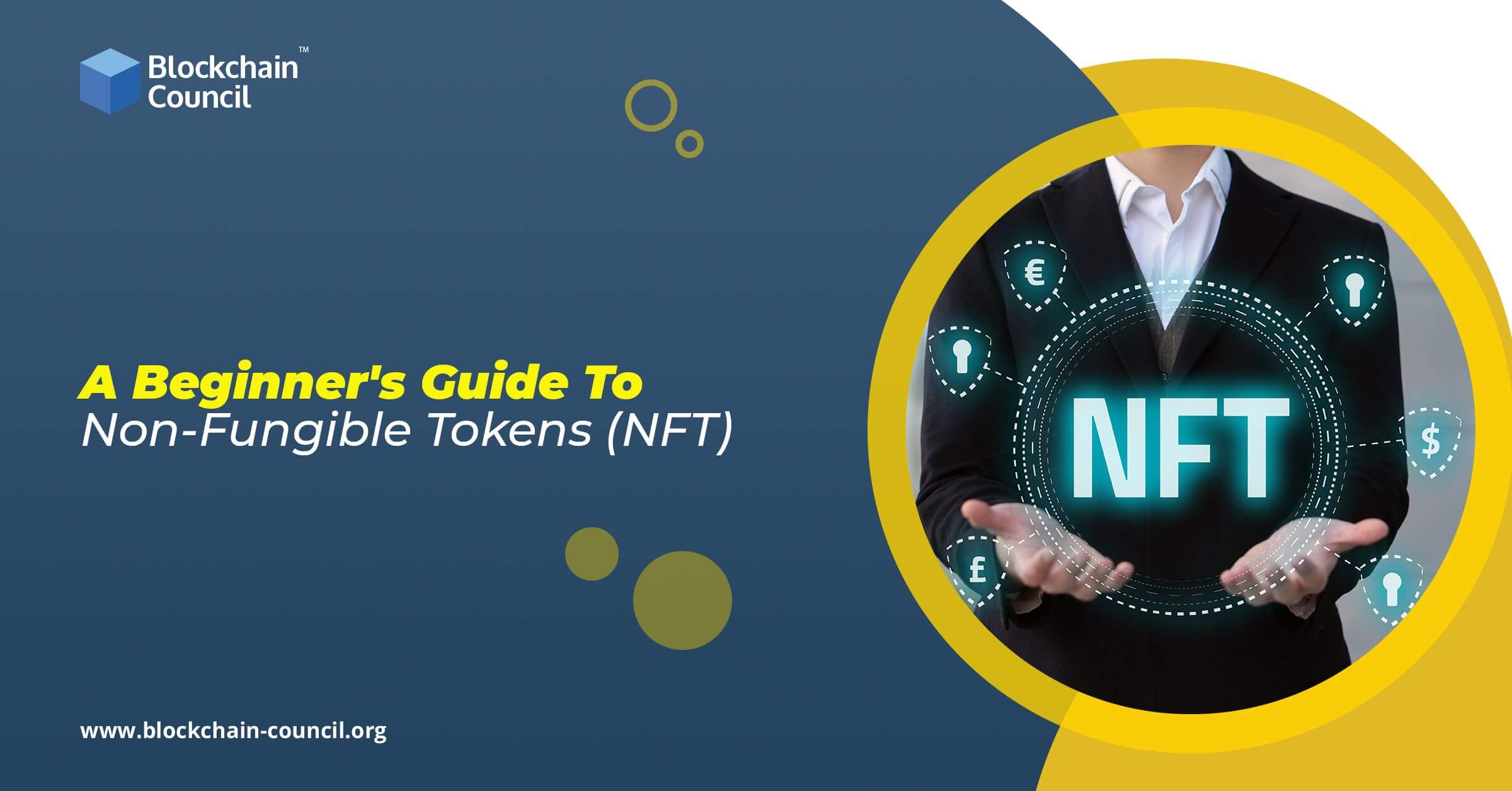
- Blockchain Council
- September 02, 2024
In recent years, blockchain technology has emerged as one of the most transformative innovations, promising to revolutionize various industries beyond just cryptocurrencies. Understanding the fundamentals of blockchain is crucial for anyone looking to navigate this rapidly evolving landscape. In this beginner’s guide, we’ll explore what blockchain technology is, how it works, its benefits, real-world applications, and future trends.
What is Blockchain?
At its core, blockchain is a decentralized and distributed ledger technology that enables secure and transparent recording of transactions across a network of computers. Unlike traditional centralized databases, where a single authority controls the data, blockchain operates on a peer-to-peer network, where every participant (or node) has a copy of the entire ledger. This decentralized nature ensures that no single entity has control over the data, making it resistant to tampering and censorship.
How Does Blockchain Work?
Blockchain operates by grouping transactions into blocks, which are then cryptographically linked together in a chain. Each block contains a set of transactions, a timestamp, and a reference to the previous block, creating a chronological record of all transactions. The process of adding a new block to the chain involves consensus mechanisms, such as Proof of Work or Proof of Stake, where participants validate the transactions and reach a consensus on the next block.
For example, let’s consider a simple blockchain transaction: Alice wants to transfer 1 bitcoin to Bob. This transaction is broadcasted to the network, where it is verified by multiple nodes through cryptographic algorithms. Once verified, the transaction is added to a block along with other transactions. This block is then added to the existing blockchain, forming a continuous chain of blocks containing all past transactions.
Benefits of Blockchain Technology
Blockchain technology offers several key benefits that distinguish it from traditional databases:
- Transparency and Immutability: All transactions recorded on the blockchain are transparent and immutable, meaning they cannot be altered or deleted once added to the ledger. This provides a high level of trust and accountability, especially in industries where transparency is crucial.
- Enhanced Security: Blockchain employs cryptographic techniques to secure transactions and prevent unauthorized access. Each block is linked to the previous one using cryptographic hashes, making it extremely difficult for hackers to tamper with the data.
- Reduction of Intermediaries: By eliminating intermediaries and enabling peer-to-peer transactions, blockchain can significantly reduce transaction costs and streamline processes in various industries, such as finance, supply chain management, and real estate.
- Decentralized Applications (dApps) and Smart Contracts: Blockchain platforms like Ethereum allow developers to build decentralized applications (dApps) and execute self-executing smart contracts. These programmable contracts automatically enforce the terms of an agreement without the need for intermediaries, opening up new possibilities for automation and efficiency.
Applications of Blockchain Across Industries
Blockchain technology has a wide range of applications across various industries:
- Finance and Banking: Blockchain enables secure and transparent transactions, reducing the need for intermediaries like banks and clearinghouses. Use cases include cross-border payments, remittances, and asset tokenization.
- Supply Chain Management: Blockchain improves transparency and traceability in supply chains by recording the movement of goods from production to delivery. This can help prevent fraud, counterfeiting, and supply chain disruptions.
- Healthcare: Blockchain facilitates secure and interoperable health records management, allowing patients to control their medical data and share it with healthcare providers securely.
- Real Estate: Blockchain can streamline property ownership and title management by digitizing land records and automating property transactions. This reduces the risk of fraud and improves transparency in real estate transactions.
Future Trends in Blockchain Development
As blockchain technology continues to evolve, several key trends are shaping its future:
- Beyond Cryptocurrencies: While cryptocurrencies like Bitcoin and Ethereum remain the most well-known applications of blockchain, the technology is increasingly being explored for a wide range of use cases beyond finance.
- Scalability Solutions: One of the major challenges facing blockchain is scalability, particularly in handling a large number of transactions. Various scalability solutions, such as sharding, sidechains, and layer-2 protocols, are being developed to address this issue.
- New Consensus Mechanisms: Beyond Proof of Work and Proof of Stake, new consensus mechanisms are being explored to improve the efficiency, security, and sustainability of blockchain networks. Examples include Proof of Authority, Delegated Proof of Stake, and Practical Byzantine Fault Tolerance.
- Integration with Emerging Technologies: Blockchain is increasingly being integrated with other emerging technologies like the Internet of Things (IoT), artificial intelligence (AI), and edge computing. These integrations enable new applications and use cases, such as supply chain tracking, autonomous vehicles, and decentralized finance (DeFi).
Conclusion
Blockchain technology holds immense potential to transform various industries by enhancing transparency, security, and efficiency. By understanding the fundamentals of blockchain and staying updated on the latest trends and developments, individuals and businesses can harness the power of this revolutionary technology to drive innovation and create value in the digital economy.





































































 Guides
Guides News
News Blockchain
Blockchain Cryptocurrency
& Digital Assets
Cryptocurrency
& Digital Assets Web3
Web3 Metaverse & NFTs
Metaverse & NFTs
